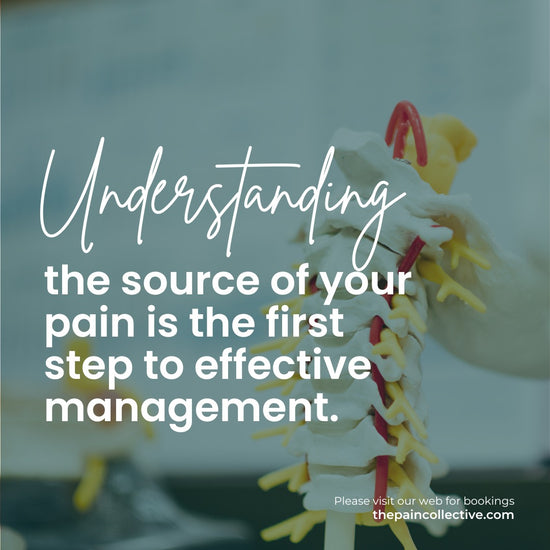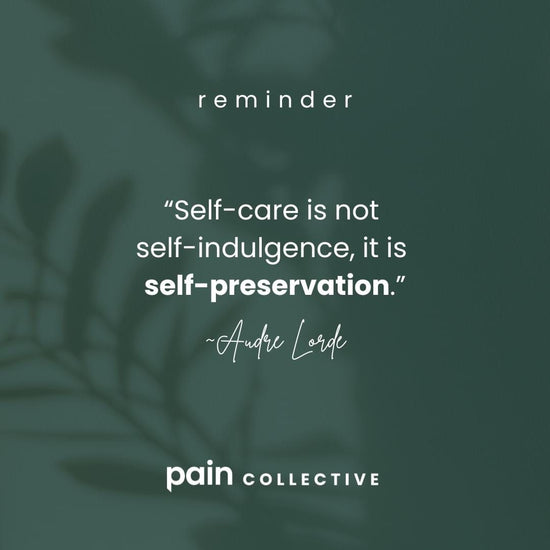WHAT IS PAIN?
Pain is defined by the International Association for the Study of Pain as:
‘An unpleasant sensory and emotional experience associated with, or resembling that associated with, actual or potential tissue damage.’ In plain english, it means that pain is something that feels unpleasant, leads to suffering and an emotional response in you, and causes you to worry that there is some part of your body that is damaged. The last sentence is very important, as it is entirely possible to experience pain without damage to your body. In most cases, chronic pain is not caused by an injury or serious damage to the body. Pain is the one thing we cannot ignore. It disrupts our lives and drives us to change our behaviour or seek help.

Pain is an output of the brain in response to a signal received from a nerve, telling the brain that something dangerous or potentially dangerous is happening somewhere in the body. The brain will receive a message from the area where the nerve originates.
So, for instance, if you bump your knee against a door frame, a signal will race up a nerve at blinding speed all the way to the part of the brain that deals with sensation coming from the knee, and if your brain thinks it is important enough, or potentially dangerous enough to pay attention, you will experience pain in your knee (in your brain).
Clever is it not?
WHAT IS THE DIFFERENCE BETWEEN ACUTE AND CHRONIC PAIN?
ACUTE PAIN
Acute pain is the pain you feel in response to an event that has happened in or to your body that is dangerous or potentially dangerous.
It frequently occurs due to an injury or illness. Causes of acute pain include things like cuts, bruises, sprains, strains and fractures. Acute pain has a specific job. It is useful, protects us from harm, and settles as the injury heals or we recover from the underlying illness.
CHRONIC PAIN
Chronic pain or persistent pain is pain that has been present for more than three months, is no longer useful and lasts long after the original injury has healed or we have recovered from illness.
Chronic pain is no longer protective, and it is often the disability and distress that is the problem, more than the original injury or condition. Chronic pain can exist in the absence of an injury or damage to the body. It is often considered a disease in its own right and can cause significant physical or mental health problems.
Do you think you might have chronic pain?
Did you know that many people with chronic pain have pain without having a specific injury or damage to their body? This doesn’t make their pain any less real or mean it can’t be treated effectively.
If you think you might have chronic pain and you would like help with managing your condition...
HAVE YOUR PAIN TREATED BY FOLLOWING THESE 2 SIMPLE STEPS

1. Get a diagnosis
A consultation is required. Your doctor or therapist will ask you questions, may ask you to complete some questionnaires, and examine you to ascertain what the most likely diagnosis would be.
Your doctor will now have an idea of the different condition(s) that you may have, and this is called your differential diagnosis. You might need some tests, sometimes called special investigations, so that more data can be collected, and your diagnosis can be confirmed.
The special investigations that may be performed are frequently blood tests and imaging tests. The most common imaging tests that are performed to diagnose the underlying conditions in pain include, X-rays, ultrasound investigations, CT scan (computed tomography), MR scan (magnetic resonance) and radio-nuclear scan.
Once a diagnosis is made, a
treatment plan can be formulated for your underlying condition.

2. Get a treatment plan and become an active partner in your own management
Managing chronic pain is firstly about looking after your body, managing the underlying condition and treating the symptoms.
It is important that your treatment plan includes first and foremost information and further resources to educate you on your underlying condition. The greatest factor that contributes towards your wellness, is that you understand your condition and have a plan of self-management.
The contribution that your doctor will make to the management of your disease, is frequently less important compared to your own contribution. You will become the leader of your team!





